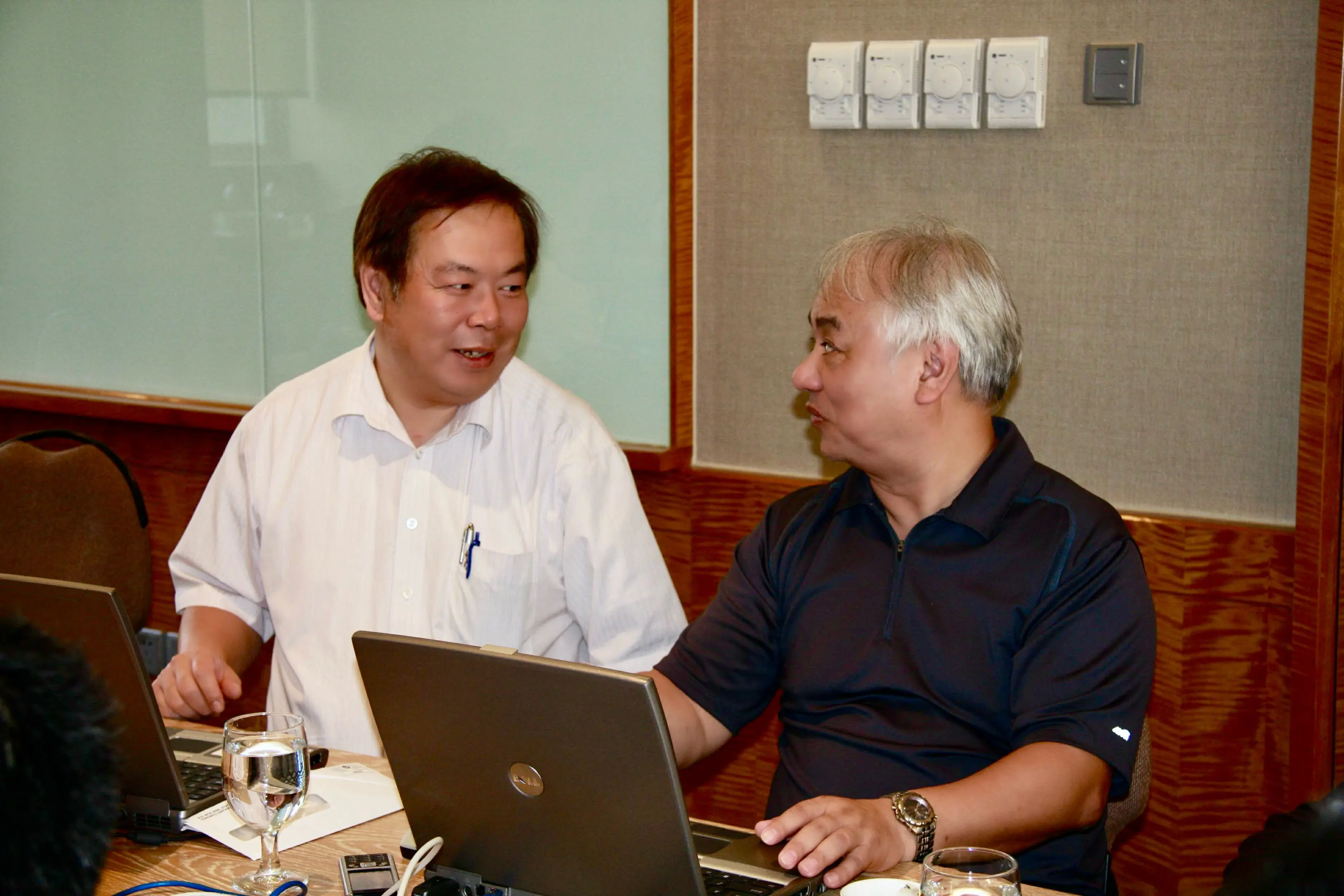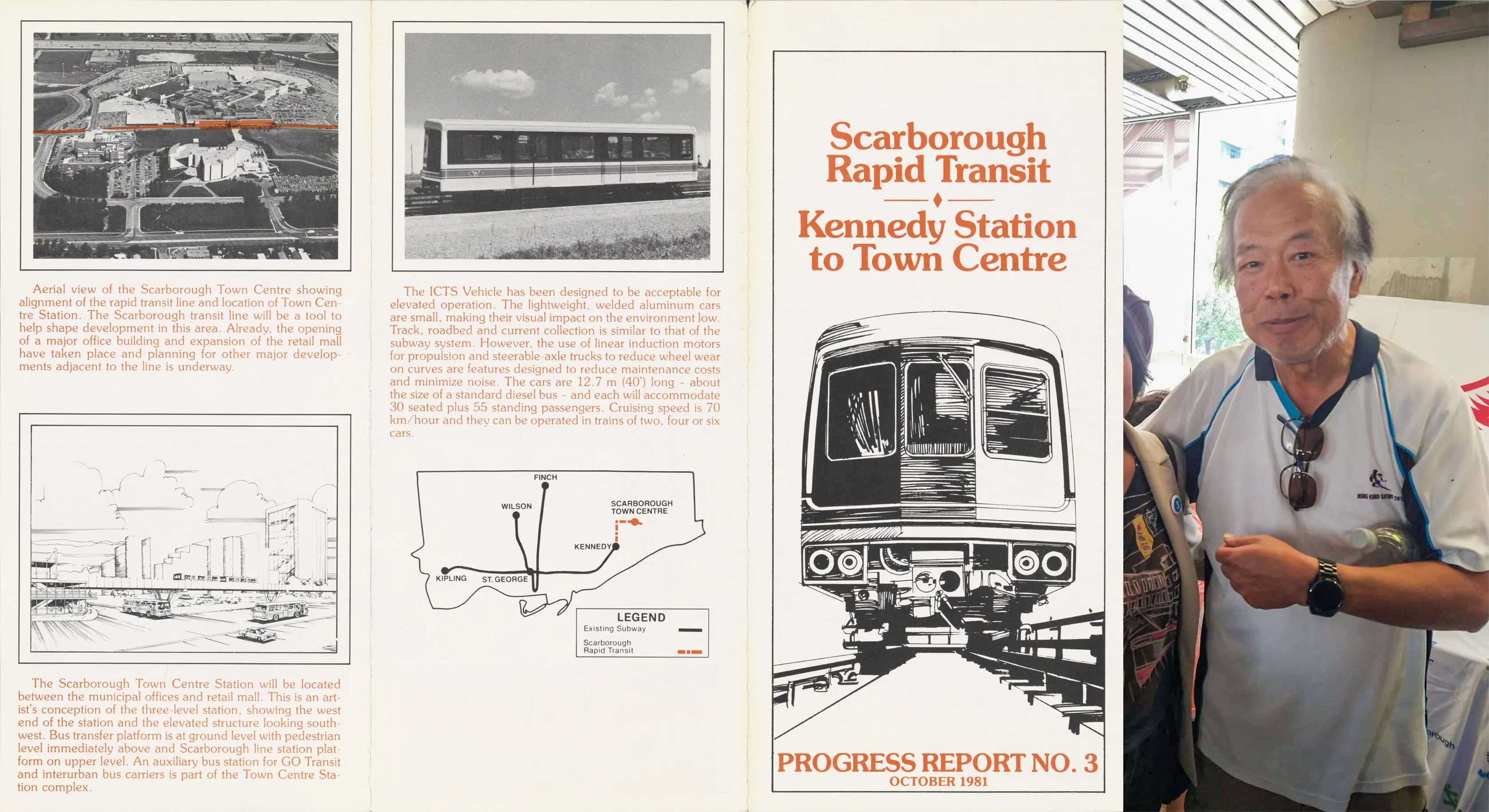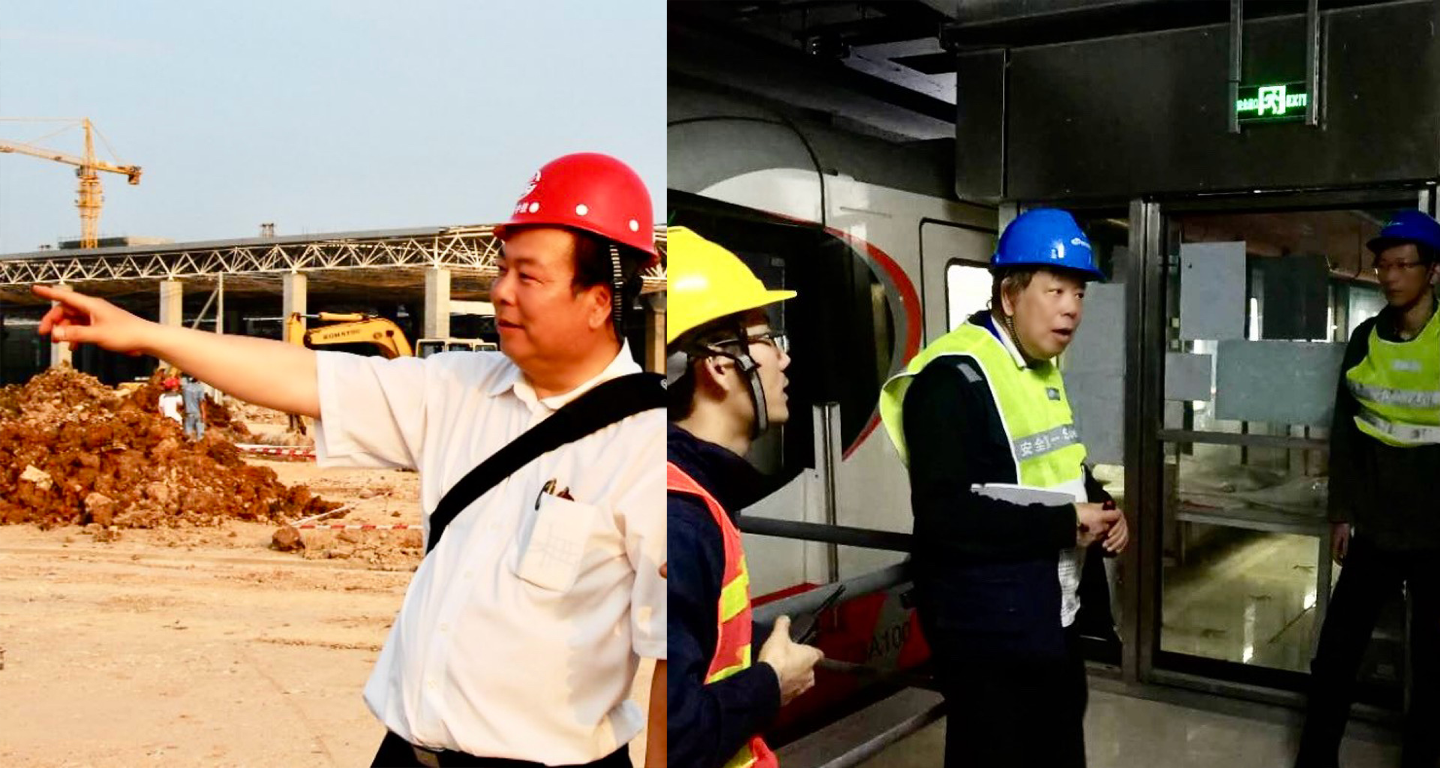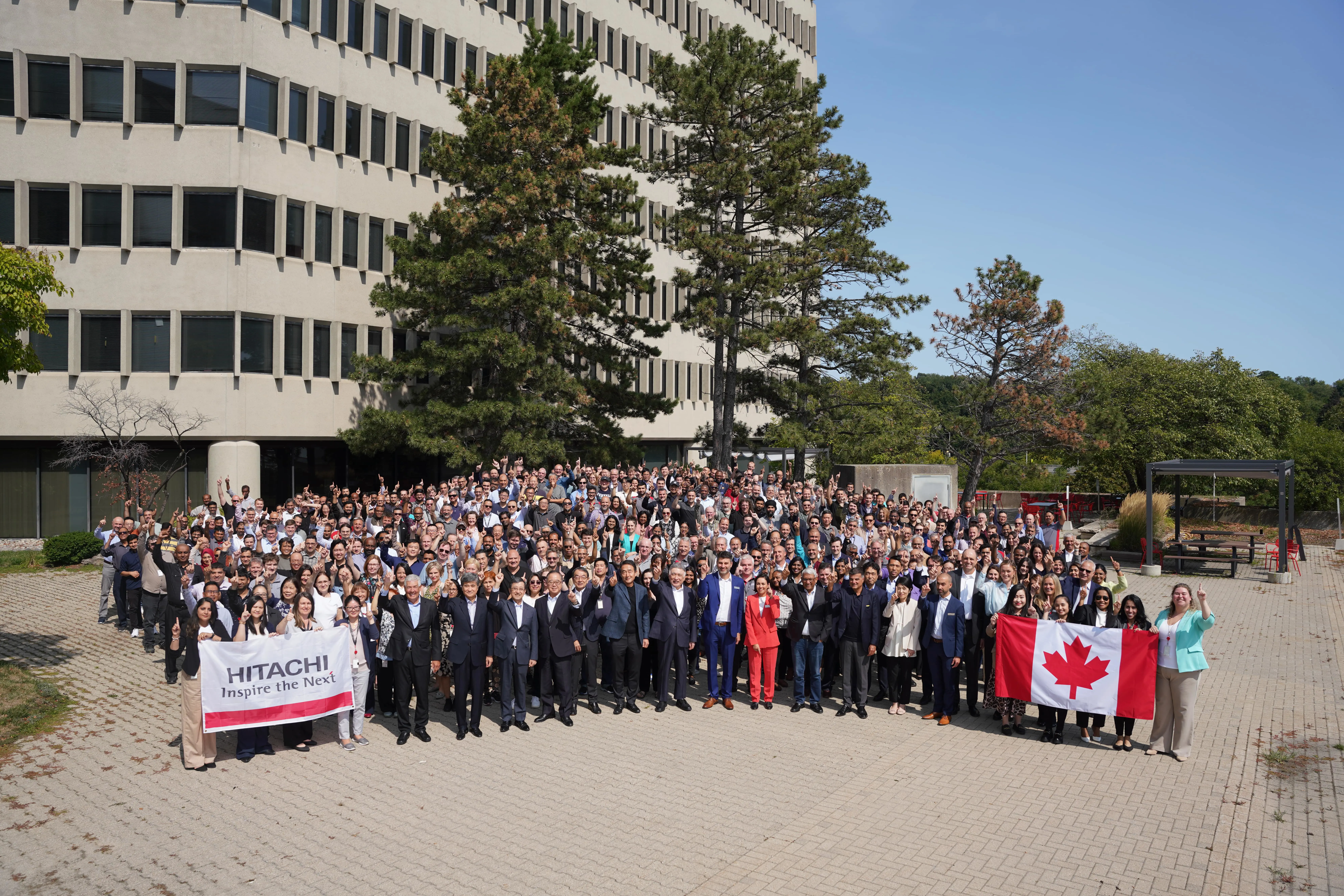With 43 years at Hitachi Rail, Ernie Sue has done it all — from writing software for the very first SelTrac™ project to supporting control rooms, leading engineering teams, and teaching safety across the company. He saw the Toronto office grow from a small start-up into a global competence center for CBTC with more than 1,000 employees, navigating five ownership changes along the way. Today, Ernie reflects on his legacy and the story of a career that helped shape modern rail signaling.
In 1978, I joined SEL Canada, fresh out of the University of Toronto with a degree in Computer Science. Back then, the company was a small start-up with only six employees working on what we now call Communications-Based Train Control (CBTC). I was the seventh to join, earning me the nickname “007.”
Personal computers were just emerging at the time, so the idea of using software to safely run trains sounded like science fiction. But 43 years later, the CBTC solutions we pioneered are now supporting billions of passenger journeys every year on metros all around the world.
And it all started right here in Toronto.

The Birth of CBTC
Back in the late ’70s, we deployed the first-ever Communications-Based Train Control (CBTC) system in Scarborough, on the eastern side of Toronto. To make it work, we had to invent a new way of keeping track of trains, using continuous communication instead of physical track circuits. That system became known as SelTrac™.
My own history with the Scarborough line spanned its entire life — from developing software and testing it in Kingston, Ontario, to supporting the control room when the line entered passenger service in 1985. Nearly four decades later, I was there again, this time at the decommissioning ceremony. To have been present from the very first tests to the line’s final moment was a meaningful full-circle moment in my career.

From Canada to the Globe: The Adventure
The following year, in 1986, we brought SelTrac™ to Vancouver’s SkyTrain, the world’s first fully automated, driverless urban rail system. I spent seven years there working on the rollout, and when it finally went live, I remember driving through the city and watching one of those trains glide past. Knowing it was operating without a driver gave me a deep sense of pride and satisfaction, realizing I had helped make it possible and that it was now a service we could provide to the public.
Recently, I was asked what kept me at the company for 43 years, through five ownership changes. For me, it’s always been the adventure. I spent nearly 20 of those years out of the office, working on site — sometimes for several years at a time. I never got bored. Once a project was completed, we moved on to the next one in a new city.
I’m proud to have helped deliver projects in Toronto, Vancouver, Edmonton, Ottawa, Detroit, San Francisco, Tampa, New York, Newark, Jacksonville, Morgantown, Santiago, London, Ankara, Istanbul, Dubai, Mecca, Kuala Lumpur, Seoul, Hong Kong, Guangzhou, Wuhan, Beijing, and Shanghai.
Each project and city brought its own challenges, but experiencing different cultures, working closely with the customer, and building friendships around the world was all part of what kept me here.

Advice for the Next Generation
Throughout my career at Hitachi Rail, I worked in just about every engineering role — from software developer and team lead to control room support, testing, systems engineering, RAMS (reliability, availability, maintainability, and safety), site management, and eventually Chief Engineer of Signaling & Operations.
I saw the Toronto office grow from just seven employees to more than 1,000. That growth didn’t happen by chance. It was built on a culture of excellence, a drive to innovate, and a commitment to working hand-in-hand with our customers. If I were to give advice to someone just starting at Hitachi Rail today, it would be simple: listen, learn, and don’t be afraid of something new.

Looking back on my 43-year career as I retire, I am proud to have played a part in shaping how people move through cities around the world. What began as a breakthrough technology in Toronto is now a global standard. For me, though, the journey wasn’t just about trains or technology — it was about people, teamwork, and the sense of adventure that came with every new city and project.

